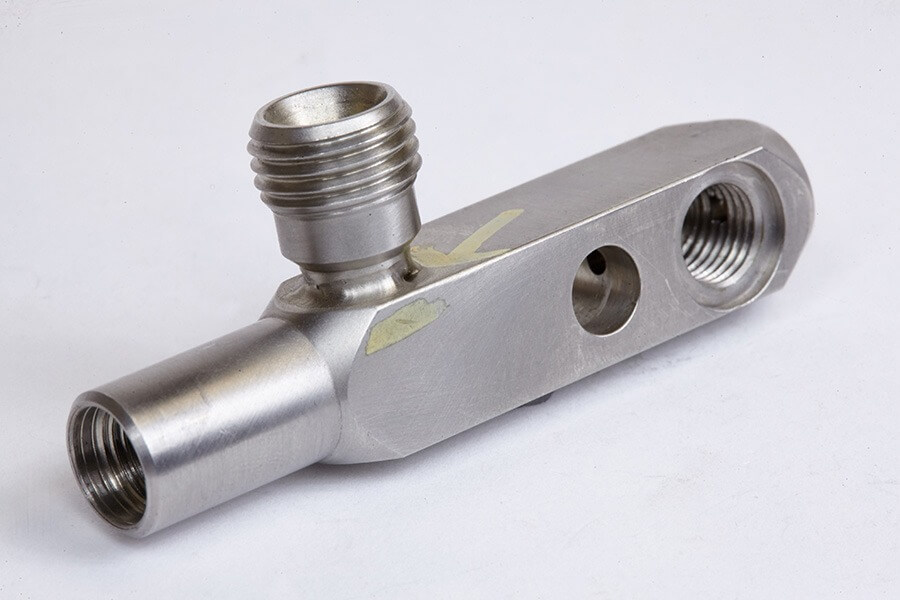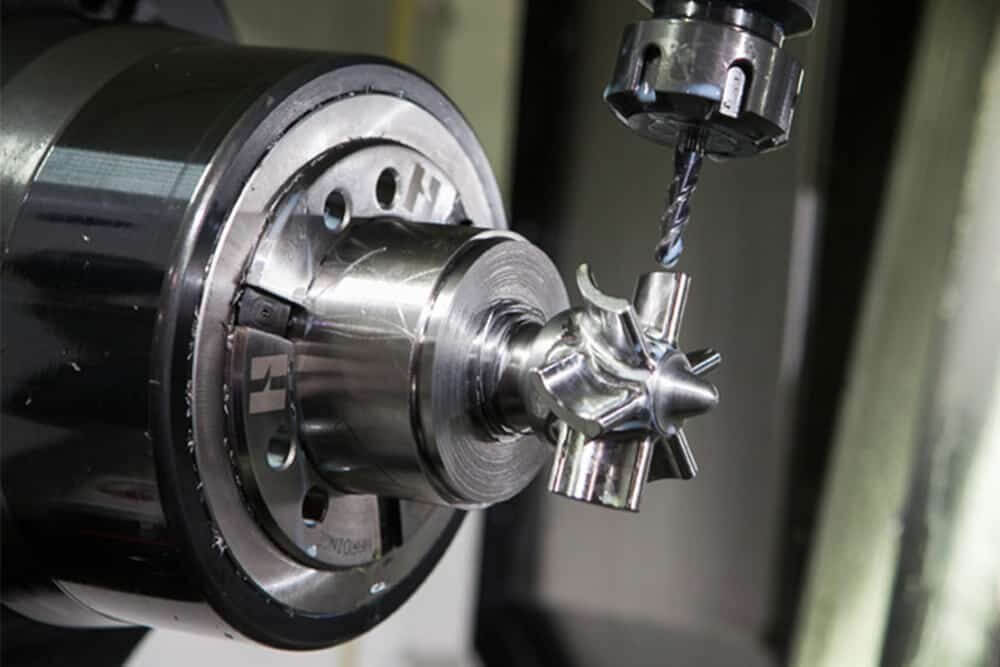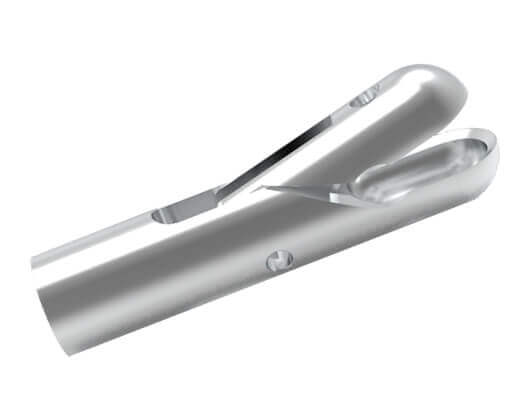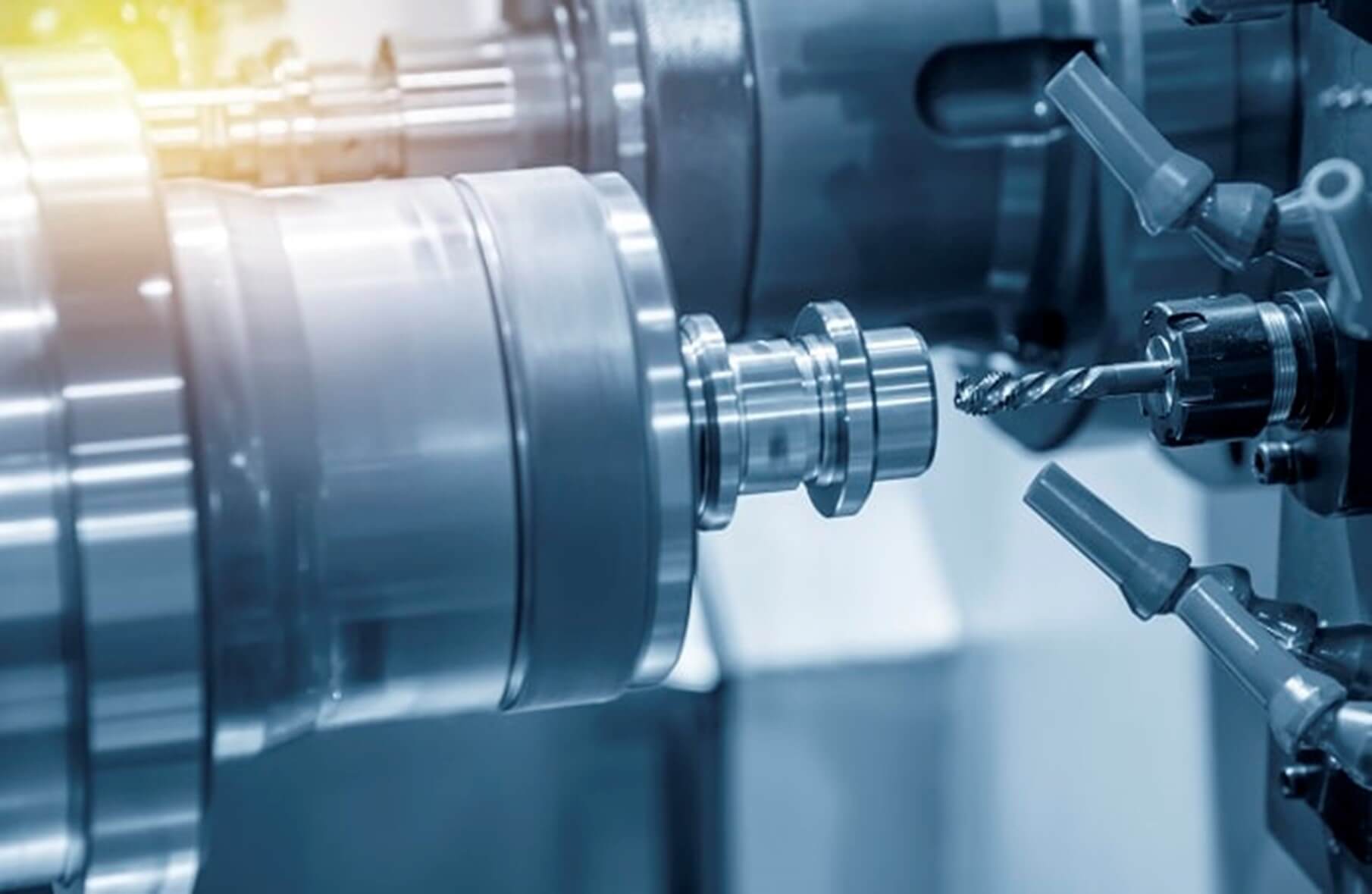Introduction to Medical CNC Machining
In the medical field, precision and accuracy are of utmost importance. From surgical instruments to implants, every component must be manufactured with the utmost precision to ensure optimal performance and patient safety. This is where medical CNC machining comes into play.
CNC machining, or computer numerical control machining, is a manufacturing process that utilizes computer control and machine tools to remove material from a workpiece. It is widely used in various industries such as aerospace, automotive, and electronics. However, in recent years, CNC machining has made its way into the medical field, revolutionizing the way medical devices are manufactured.
1.Medical CNC Machining Process
Step 1
The medical CNC machining process begins with design. A CAD (computer-aided design) model is created as a blueprint for the final product.

Step 2
The model is then converted into a CNC program, which contains the instructions that the machine needs to follow. These instructions will include the specific tools, cutting speeds, and feed rates required to accurately form the workpiece.
Step 3
Once the CNC program is ready, the machine operator can load the workpiece into the CNC machine. The machine is equipped with a variety of cutting tools such as drills, end mills, and lathes and is controlled by a computer. The machine then precisely follows the instructions in the CNC program, removing material from the workpiece to create the desired shape.

2.Advantages of Medical CNC Machining
1) High Precision
One of the main advantages of medical CNC machining is its ability to produce complex, sophisticated parts with high accuracy. The computer-controlled nature of the process ensures that each component is manufactured to exact specifications, eliminating human error. This level of precision is critical in the medical field, where even the smallest deviations can have significant consequences.
2) Versatility
Another benefit of medical CNC machining is its versatility. It can be used to manufacture a wide range of medical devices, including surgical instruments, orthopedic implants, and dental prostheses. The process can accommodate a variety of materials, such as metals, plastics, and ceramics, allowing components with different properties and characteristics to be produced.
3) Cost Control
In addition, medical CNC machining provides a cost-effective solution for medical device manufacturers. The automation of the process reduces labor costs and increases productivity. Furthermore, the ability to produce complex parts in a single operation eliminates the need for multiple manufacturing steps, further reducing costs and lead times.

In summary, medical CNC machining is an important process in medical device manufacturing. Its precision, versatility and cost-effectiveness make it ideal for producing components that meet the stringent requirements of the medical field.
By leveraging computer control and advanced machining techniques, the process has revolutionized the way medical devices are manufactured, ensuring the highest levels of quality and patient safety.
